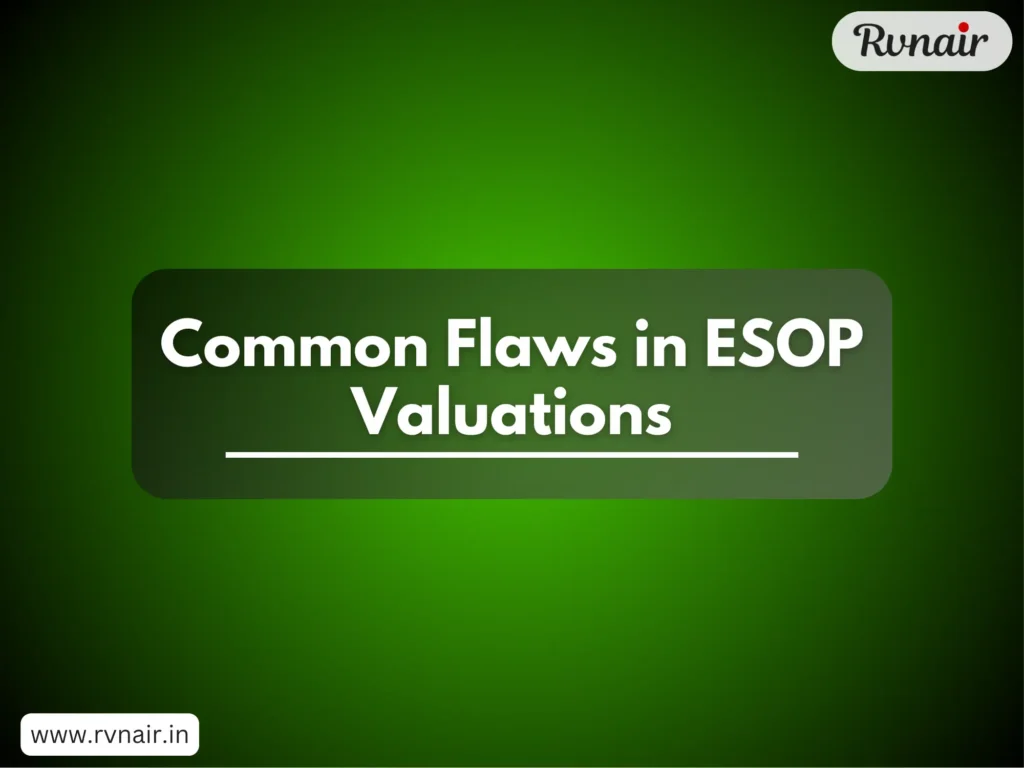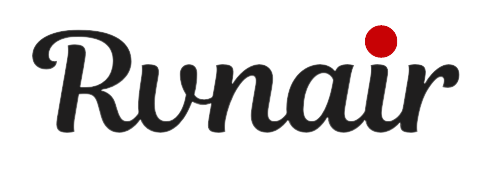
With increased scrutiny from the Department of Labor (DOL), Internal Revenue Service (IRS), and Employee Benefits Security Administration (EBSA), valuations of Employee Stock Ownership Plans (ESOPs) are best conducted by specialized valuation advisors. Inaccurate valuations pose risks of DOL audits and damage the reputation of trustees, who have fiduciary responsibilities to the ESOP. Based on Marcum’s extensive experience in performing annual ESOP updates and advising shareholders considering ESOPs as exit strategies, here are key considerations for trustees and valuation advisors to avoid common pitfalls in ESOP valuation reports.
- Unquestioned Acceptance of Management’s Forecasts
Valuation experts must scrutinize the assumptions and associated risks embedded in management’s forecasts. Often, management may not have developed annual forecasts before the ESOP’s formation. Experts need to understand the production process, the personnel involved, and how current forecasts compare to prior ones. The DOL’s appraisal guidelines require an analysis comparing projections to the company’s five-year historical averages and medians, as well as to those of comparable public companies, across seven ratios. If projections carry significant forecast risk, appraisers must account for this in the income approach by supporting risk factors, requesting new reasonable projections, considering historical cash flows as proxies for future projections, and thoroughly documenting these considerations in the ESOP valuation report.
- Proper Support for Risk Consideration in Forecasts
When management prepares forecasts, valuation experts must document adequate support for company-specific and forecast-related risk factors in their workpapers and final reports. The income approach is often crucial for ESOP valuations, and over-generalized risk factors can invite criticism. Advisors should clearly present factors favoring both increases and decreases in company-specific risk, quantifying how risk levels in the current valuation differ from previous ones. Trustees and governing bodies seek trends in management forecasts over time, not just current-year deviations.
- Alternative Valuation Methods
In certain situations, methods other than the income approach might be more suitable. Single-period methods like capitalization of earnings/cash flow, or other approaches like the market or cost approach, might be appropriate based on market data quality or the company’s financial condition. Adequate documentation is necessary to support these methods if chosen.
- Comprehensive Documentation of Company Operations
A robust ESOP valuation report must detail the company’s background and operations, including suppliers and customers. Annual stock prices for ESOPs are set by the trustee, who relies on qualified appraisers for comprehensive company insights. An insufficient narrative that omits key operational, legal, and managerial details can raise doubts about the valuation professional’s understanding of the business and its risks.
- Consideration of Control Levels
According to the Proposed Regulation Relating to the Definition of Adequate Consideration, ESOPs may only pay a controlling price level if they have control “in form and substance,” and this control cannot be short-lived. Control levels are not solely determined by ownership percentages. Valuation professionals must thoroughly review the ESOP plan document, board composition, and other legal documents to determine the true control of the ESOP trustee. The appropriate level of control must be reflected in the analysis, using control-based adjustments or empirical market data where applicable.
- Adjusting Financial Statements
When adjusting financial statements, valuation experts must examine ESOP-related expenses and balance sheet items. Experts should normalize discretionary expenses not typical in well-run public companies, including excess contribution expenses and ESOP-related professional fees. Conversely, they should also include expenses typical in public companies, such as insurance costs and 401(k) contributions.
- Repurchase Obligations
Repurchase obligations, which are off-balance sheet contingent liabilities due to the “put option” on ESOP shares, must be recognized in the valuation analysis. Valuation advisors should consider management’s understanding of retirement timelines, repurchase obligation policies, and the company’s capacity to handle unexpected retirements. These considerations should be disclosed in the valuation report.
- Supporting Trustees in Fiduciary Responsibilities
Under the Employee Retirement Income Security Act of 1974 (ERISA), ESOP plans must act in the sole interest of participants, including providing accurate valuations, protecting plan participant interests, and approving ESOP stock transactions. Valuation professionals aid trustees in determining the fair market value of ESOP stock as of the anniversary date. Thorough analysis and reporting by financial advisors can identify risks and concerns for trustees and the board. With increasing regulatory scrutiny, valuation practices must be well-prepared for upcoming challenges.
